In Twidget, loops allow you to execute commands multiple times, either based on a condition or through a set number of iterations. Loops can also be nested, meaning you can run loops within other loops, creating complex logic for your tasks.
-
The List Loop command enables you to loop through a list of items, executing nested commands for each item in the list.
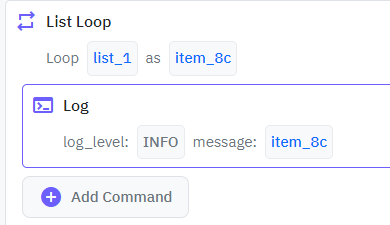
The Count Loop command repeats the nested commands a specified number of times. You can also specify the order or the iterator.
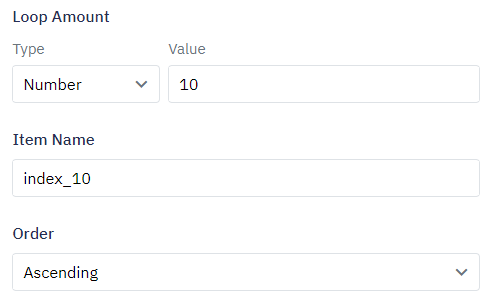
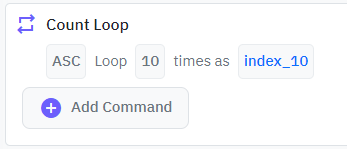
The While Loop command continues to execute nested commands as long as a specified condition holds true.
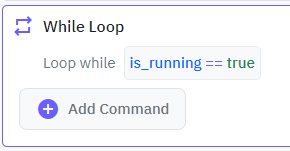
-
The Break command exits the current loop prematurely, regardless of the remaining iterations or conditions.
The Continue command skips to the next iteration of the loop, bypassing the remaining commands in the current iteration.
You can nest loops within other loops to create more complex logical structures.
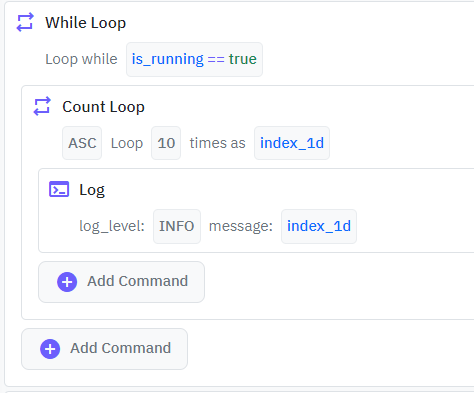
Use these looping commands to efficiently control the flow of your tasks and manage repetitive actions in Twidget.
Text
Twidget offers a variety of commands to manipulate text in various ways. To Uppercase. Converts all characters of the provided text to uppercase. - text: The text to be converted to uppercase. - A text string with all characters in uppercase. To Lowercase. Converts all characters of the provided tex...
Security
Twidget provides several built-in functions to enhance the security of your applications. Below is an overview of each security command, including its description, inputs, and outputs. Generate ID. Description: Generates a unique identifier. None - Type: Text Hash Text. Description: Hashes the provi...
Lists
Twidget offers a variety of commands to help you manipulate lists easily without coding. Below is a detailed explanation of each command available. Get. Description: Returns the element in the provided list at the given index. Inputs: - `list`: The list from which to get the element. - `index`: The ...
Managing Files
Twidget offers a set of commands to manipulate files in your file store. Below are the descriptions and usage of each command to help you understand how to utilize them effectively. Get File. Retrieve a file via file path. Inputs: - `path`: The file path to retrieve the file from. Outputs: - `filena...
Local Storage
Twidget provides a set of local storage commands that enable interaction with the browser’s `localStorage` API through a no-code interface. These commands are useful for storing, retrieving, and managing key-value data persistently within the current domain context. Purpose. These commands abstract ...